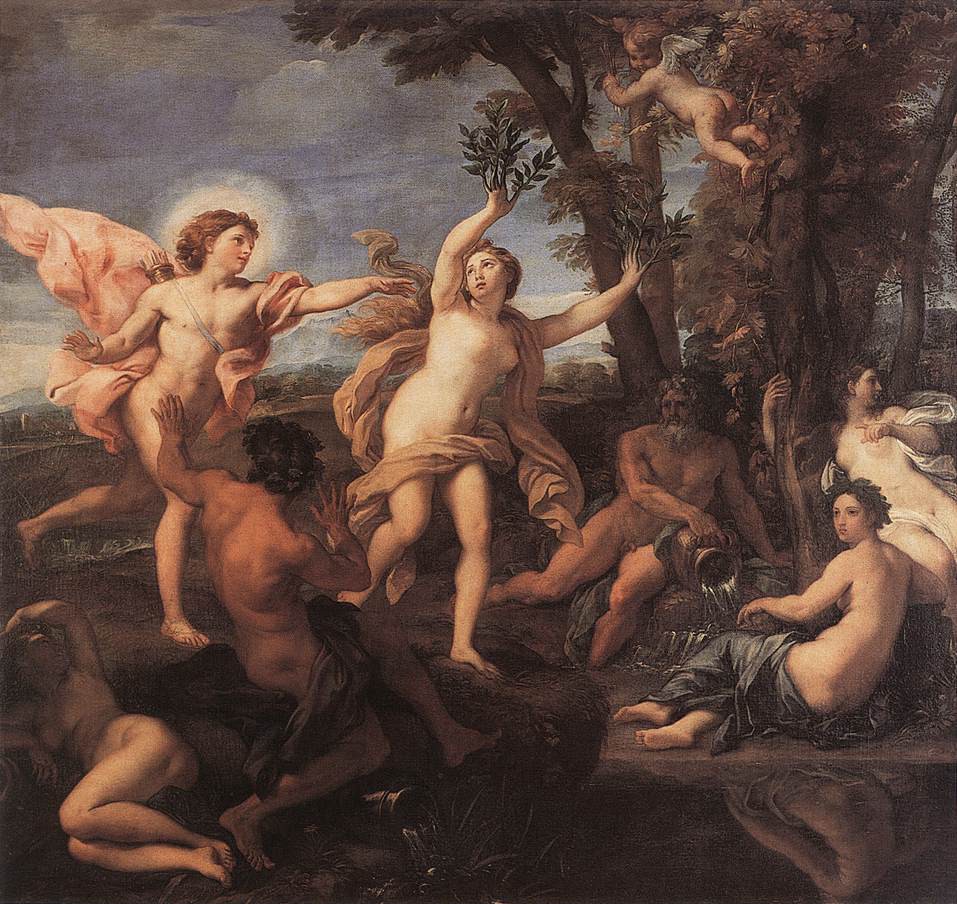In the lands of the ancient pharaohs, sphinxes, and gold, there are also beautiful pyramids. The history books teach us that the Egyptian slaves built them, but is this true? Were these giant pyramids built by the slaves?
Besides the theories that suggest that the Pyramids were built by Aliens, which is an interesting theory that shows us the perfect stand of the Pyramids compared to Orion’s belt.

This could mean whether the ancient Egyptians had help from outside or were incredibly skilled at astronomy with limited equipment (or this equipment got lost).
A Brief History of the Pyramids
First, where does the idea of a pyramid come from? We are not sure. The most likely theory is that the buildings are descendent of the even older ziggurats in Mesopotamia (around 4000–3500 BCE).
In the early dynasty, pyramids didn’t look like pyramids. People with a lot of prestige were buried in these kinds of tombs called mastabas.

As Djoser and Imhotep tried to build something more impressive, not later than the 4th dynasty, the pyramids were developing into something we know today.

That development constructed the Pyramids of Giza. After the 4th dynasty, the Egyptians stopped building pyramids drastically, and only when the Middle Kingdom was established did they start to build pyramids again. However, these pyramids were much larger and built out of stone instead of mud.
The era of pyramid construction in present-day Sudan did not originate until most of Egypt was formerly part of the kingdom of Kush fell under the jurisdiction of the rule of the Napatan Kingdom of Kush, during which pyramid building in Egypt had already stopped.
Slaves Did Not Build the Pyramids
During the building process of the pyramids (2550 to 2490 B.C) there were no Jewish slaves involved.
The misunderstanding that there were Jewish slaves that built the pyramids might be coming from the Biblical idea that the Jewish people were enslaved in Egypt. But this is not true.
There are many movies and art that suggest that this did actually happen and have received a lot of criticism — for example, The Prince of Egypt.
Neither did Egyptian slaves built the pyramids. During excavations in 2010 at the Giza pyramids, they found graves of the potential workers that would date back to the pyramids’ period. The graves appeared not to be slaves but regular workers.
According to Zahi Hawass, head of the Egyptian Antiquities Service, slaves would not be buried near the Pharaohs.
The workers worked under perfect conditions. They got food and water and a place to sleep. Also, in the graves, there were paintings found that stated: “Friends of Cheops”.
That could mean that it was independent workers that built the magnificent buildings.
Pyramid Symbolism — What Do They Mean?
A popular belief held by the ancient Egyptians is that the pyramid structure of Egyptian pyramids signifies the shape of the first mound on which the world was formed.
White limestone was assumed to offer the pharaohs’ tombs a bright look from afar and symbolize the radiating shape of the sun, so many were sculpted in the shape of the pyramid’s shadow.
The setting on the west bank of the western desert was significant to the Egyptians, and the Pharaohs believed it to be a domain of the dead.



